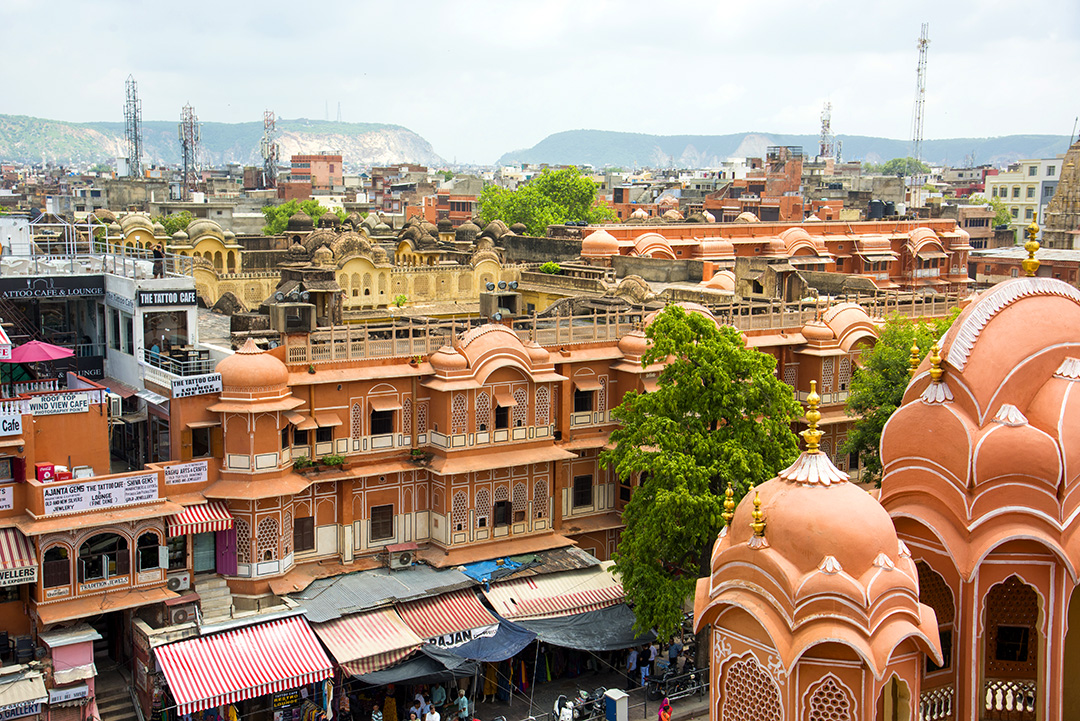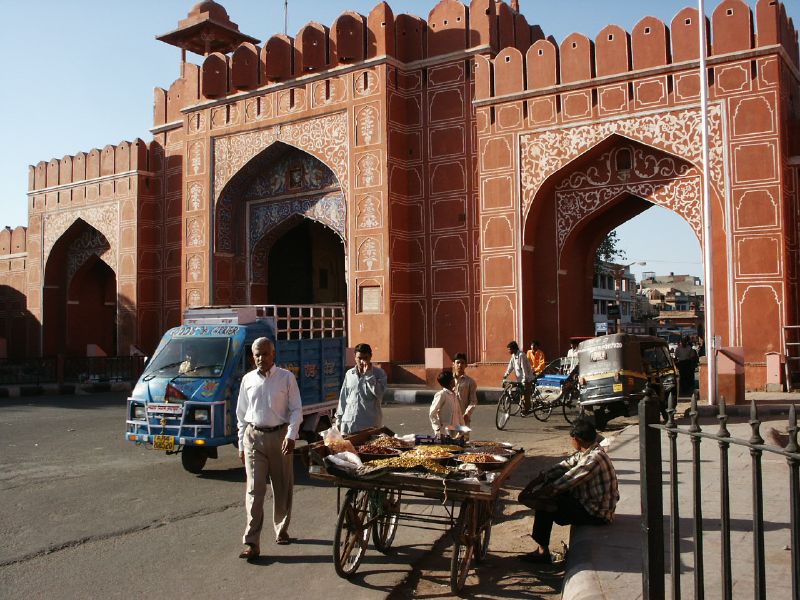Discovering the Rich Culture and Heritage of Jaipur, India’s Pink City.
Jaipur, the capital city of Rajasthan in India, is famously known as the Pink City. The city is a popular destination among tourists and history enthusiasts, who come to explore the vibrant culture and rich history of the region. But why is Jaipur called the Pink City? In this article, we will explore the fascinating story behind this unique nickname.
The history of Jaipur dates back to the 18th century when Maharaja Sawai Jai Singh II, the ruler of Amber, decided to move his capital city from Amber to a new location. He commissioned the construction of a new city, which was designed by the renowned architect Vidyadhar Bhattacharya. The city was built on a grid system, with wide streets and symmetrical buildings.


In 1876, when the Prince of Wales, Albert Edward, visited Jaipur, the entire city was painted in pink to welcome him. Pink is traditionally associated with hospitality and welcoming, and the pink color of the city was a symbolic gesture of hospitality towards the prince.
Since then, the pink color of the city has become a trademark of Jaipur, and all the buildings in the old part of the city are painted in shades of pink. This gives the city a unique and charming appearance, and it has become one of the most photographed destinations in India.
Jaipur’s rich history and cultural heritage
Apart from the pink color, Jaipur is also known for its rich history and cultural heritage. The city is home to several historical landmarks, including the City Palace, Hawa Mahal, Jantar Mantar, and the Amber Fort. These landmarks are not only important from a historical perspective but are also great examples of Rajasthani architecture and design.


Another popular attraction in Jaipur is the colorful bazaars, which are a shopper’s paradise. The bazaars are filled with handicrafts, textiles, jewelry, and other souvenirs that reflect the rich culture of Rajasthan. Some of the popular markets in Jaipur include Johari Bazaar, Bapu Bazaar, and Tripolia Bazaar.
Accommodation and Dining
When it comes to accommodation, Jaipur has a wide range of options to suit all budgets and preferences. From budget-friendly guesthouses to luxury hotels, there is something for everyone. Some of the popular hotels in Jaipur include the Taj Rambagh Palace, the Oberoi Rajvilas, and the Samode Palace.


In terms of dining, Jaipur has a rich culinary heritage, and there are many restaurants and street food stalls that offer traditional Rajasthani dishes. Some of the popular dishes include dal baati churma, laal maas, and ghewar. Some of the popular restaurants in Jaipur include Chokhi Dhani, LMB, and Spice Court.
In conclusion, Jaipur, the Pink City of India, is a fascinating destination that is rich in history, culture, and hospitality. The pink color of the city is a unique and charming feature that sets it apart from other cities in India. Whether you’re interested in history, architecture, or shopping, Jaipur has something to offer everyone.
Frequently Asked Questions (FAQs)
A: Jaipur is called the Pink City because in 1876, the entire city was painted in shades of pink to welcome the Prince of Wales. Pink is associated with hospitality, and the color was chosen as a symbolic gesture of welcome.
A: Jaipur was founded by Maharaja Sawai Jai Singh II, the ruler of Amber, in the 18th century. He commissioned the construction of the city and it was designed by Vidyadhar Bhattacharya, a renowned architect.
A: Jaipur is home to several famous landmarks, including the City Palace, Hawa Mahal, Jantar Mantar, and the Amber Fort. These landmarks are significant from a historical perspective and showcase Rajasthani architecture.
A: Jaipur is known for its vibrant bazaars. Some popular markets include Johari Bazaar, Bapu Bazaar, and Tripolia Bazaar. These markets offer a wide range of handicrafts, textiles, jewelry, and souvenirs.
A: Jaipur offers a variety of accommodation options. Some popular hotels include Taj Rambagh Palace, Oberoi Rajvilas, and Samode Palace. There are options available for various budgets and preferences.
FAQs
A: Jaipur has a rich culinary heritage. Some traditional dishes to try include dal baati churma, laal maas (spicy meat curry), and ghewar (sweet dish). There are many restaurants and street food stalls offering these delicacies.
A: The best time to visit Jaipur is during the winter months (October to March) when the weather is pleasant. Avoid the scorching heat of summer (April to June) and the monsoon season (July to September) when there can be heavy rainfall.
A: Jaipur’s old city, where many of the attractions are located, is best explored on foot. The narrow streets and vibrant markets are easily accessible by walking. However, for attractions located outside the old city, transportation may be required.
A: There are several attractions near Jaipur that are worth visiting, such as the Jaigarh Fort, Nahargarh Fort, and the famous stepwell, Chand Baori, in Abhaneri. These sites can be explored as day trips from Jaipur.